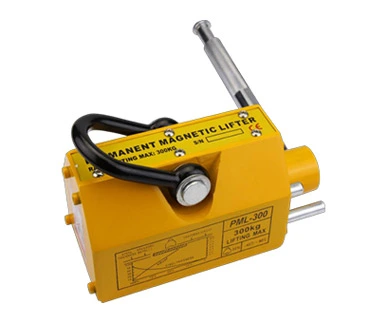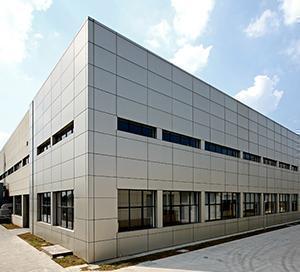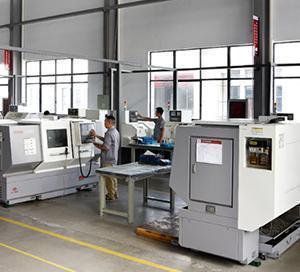Not long ago, techniques for modeling and evaluating magnetic materials were too simplistic to reproduce accurately all the data obtained in experiments. But in 1995, researchers at Ames Laboratory, led by Bruce Harmon, developed a ''spin dynamics'' computational technique that can be used to accurately represent and evaluate the fluctuations of atomic moments (magnetic orientations) in solid magnetic materials at different temperatures. Among its benefits, the method can be used to make calculations of realistic-sized systems at temperatures of practical and scientific interest. Using this technique, scientists for the first time theoretically determined the magnetic moments in iron and nickel at high temperatures, even above a key temperature at which the magnetic moments vary in magnitude and point in random directions. Current studies focus on how and why specific defects in permanent magnets are crucial in determining desirable magnetic properties. Oak Ridge National Laboratory and collaborators used the technique in a record-setting supercomputer calculation.
We propose to produce model materials to study fundamental problems in cooperative magnetism using two different synthetic strategies. One line of attack is to prepare extend ionic compounds which happen to have the desired lattice of magnetic atoms; alternatively, we may build the magnetic from molecular units, directing the architecture through the bonding directionality of these units.
In both cases the target lattices have a low dimensional and/or frustrated topology, and are designed to probe recent developments in fundamental magnetism that suggest that such materials may have novel magnetic ground states and excitations, and in particular spin fluid character. We also propose to prepare high-spin nanaoscale metallic clusters and study the relaxation of their magnetisation; this is of considerable fundamental interest as an example of a macroscopic process that may be controlled by the quantum mechanical tunnelling; it may also have practical significance as the basis for a molecular magnetic memory device.
All of this work requires time-and frequency dependent magnetic susceptibility measurements, so we request an upgrade to existing dc SQUID magnetometer apparatus to allow ac measurements to be performed, and propose to support open access to this equipment, strengthening our informal magnetic characterisation service.
Scientific Impact: The spin dynamics approach is a significant contribution to the foundations of a new theory of the dynamics of magnetic moments at finite temperature and in response to external applied fields. It enables scientists to model material properties at room temperature, at which magnets typically are used.
Social Impact: Metallic magnetism is key to many technologies, including magnetic data storage and electric power generation devices. Accurate modeling of computer bit switching is essential for the design of future high-density computer disks, and the capability to optimize high-temperature magnetic materials will lead to more energy efficient motors and transformers.
 English
English 日本語
日本語 한국어
한국어 français
français Deutsch
Deutsch Español
Español italiano
italiano русский
русский português
português العربية
العربية





